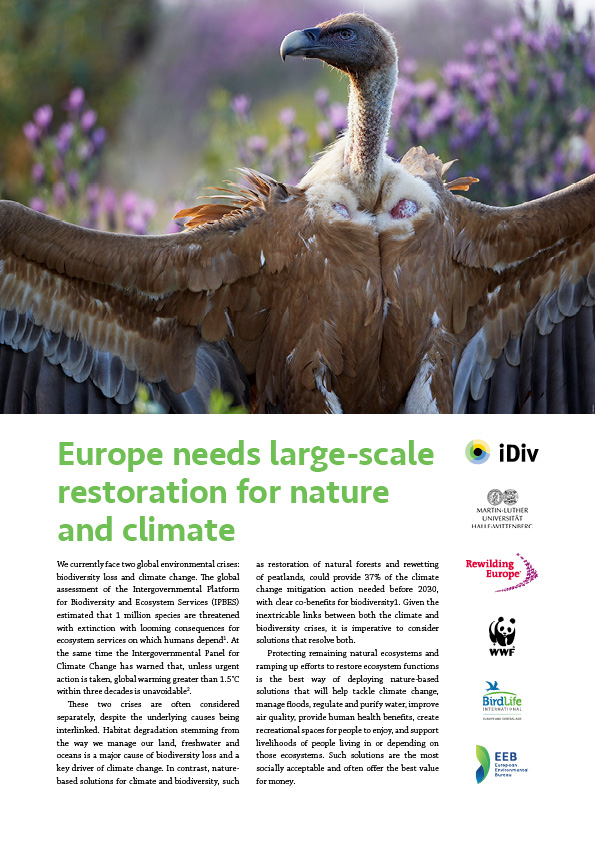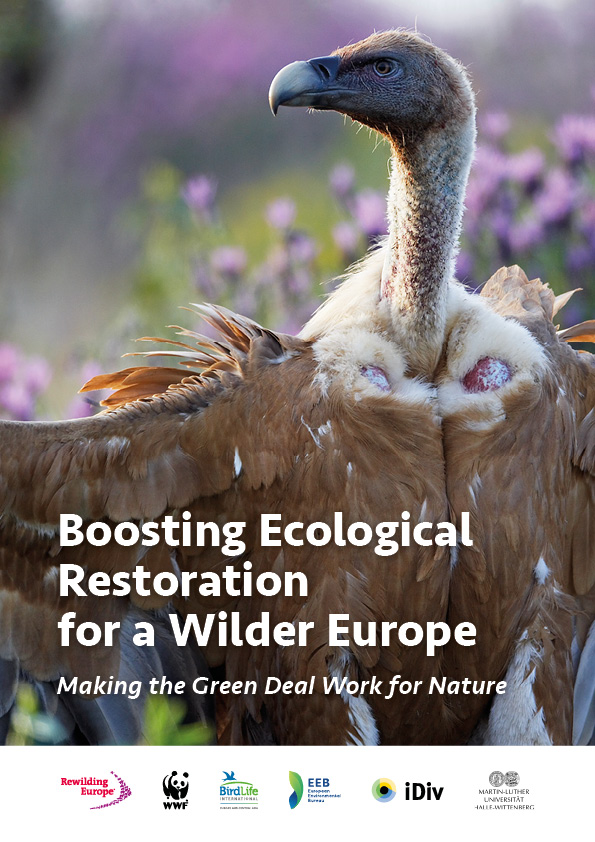Large-scale restoration of nature, based on rewilding principles, is one of the best ways of tackling our current climate and biodiversity emergencies. This year the EU will take decisions that have far-reaching consequences for Europe’s people and nature. A new set of policy papers outlines why and how European politicians should prioritise nature restoration in the EU Biodiversity Strategy to 2030.
Policy papers
A new set of policy papers calls on EU politicians to prioritise nature restoration, and provides them with critical and effective new tools to do so. The publications identify priority areas for nature restoration across Europe.
“Nature recovery works and we know how to do it. Now it’s up to Europe’s policy makers to ensure that it happens at scale, right across the continent.”

Frans Schepers
Managing Director of Rewilding Europe
Map: Potential corridors for large-scale Green Infrastructure connecting Natura 2000 nodes. In this analysis, nodes are clusters of Natura 2000 distributed in areas ≥500 km2 and with at least 10% covered by high ecological integrity. Corridors have a higher probability to pass through higher-integrity areas and through other Natura 2000 sites.
The opportunities of rewilding European landscapes
Rewilding is a form of ecological restoration that promotes self-sustained ecosystems that provide important services to people and nature while requiring minimum human management in the long term. Critical components of rewilding include restoring the ecological role of wild species and their interactions, enhancing connectivity within and among habitats and promoting natural vegetation succession and ecosystem regulation of natural disturbances.
Ecosystems managed according to rewilding principles, and therefore regulated by natural processes, require zero or few management costs relative to systems dependent on constant human intervention. In many rural areas with increasingly depressed economies, rewilding can create opportunities for new businesses such as ecological restoration, wildlife watching and sustainable use of natural resources. Ecological restoration according to rewilding principles thus provides new opportunities for managing land that is otherwise economically unproductive in a cost-effective way and delivers a suite of ecosystem services with benefits to people and the environment.
Nature-based solutions
Nature-based solutions such as the restoration of natural, biologically complex and self-sustained forests could sequester up to two thirds of the carbon dioxide (CO2) accumulated emissions in the atmosphere, contributing decisively to limit global warming below 1.5°C. Restoring the ecological functions in many other natural ecosystems is equally important to adapt to global change; examples include:
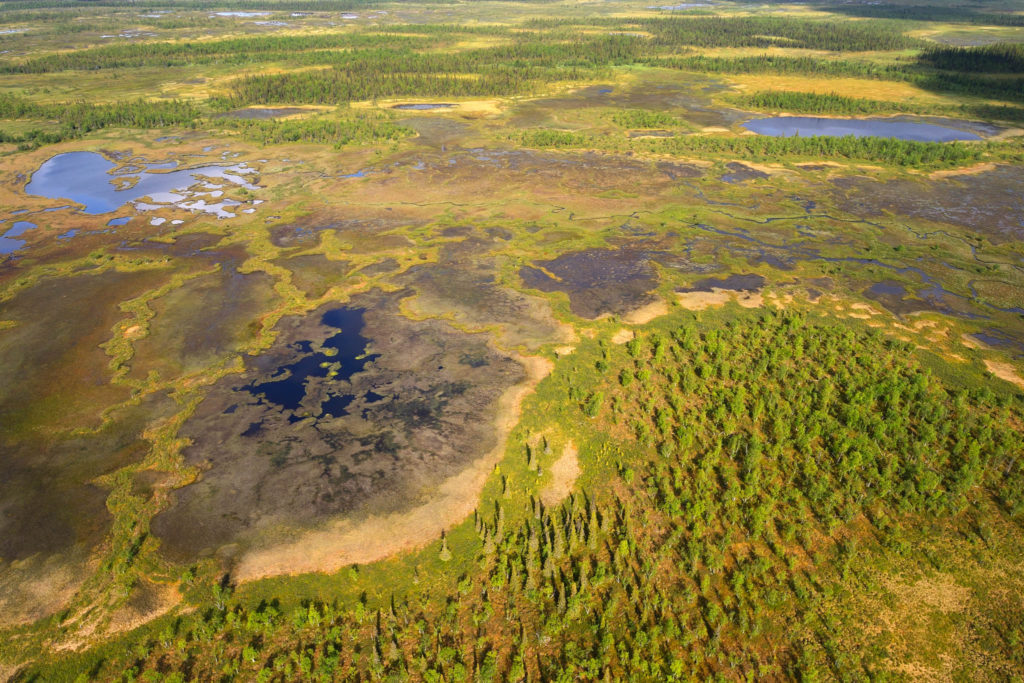
Peatlands are a natural sink of CO2 captured from the atmosphere and retained in the soil. However, when peatlands are degraded by drainage, peat extraction, for forestry or burning, they become the opposite and release tonnes of CO2 into the atmosphere.
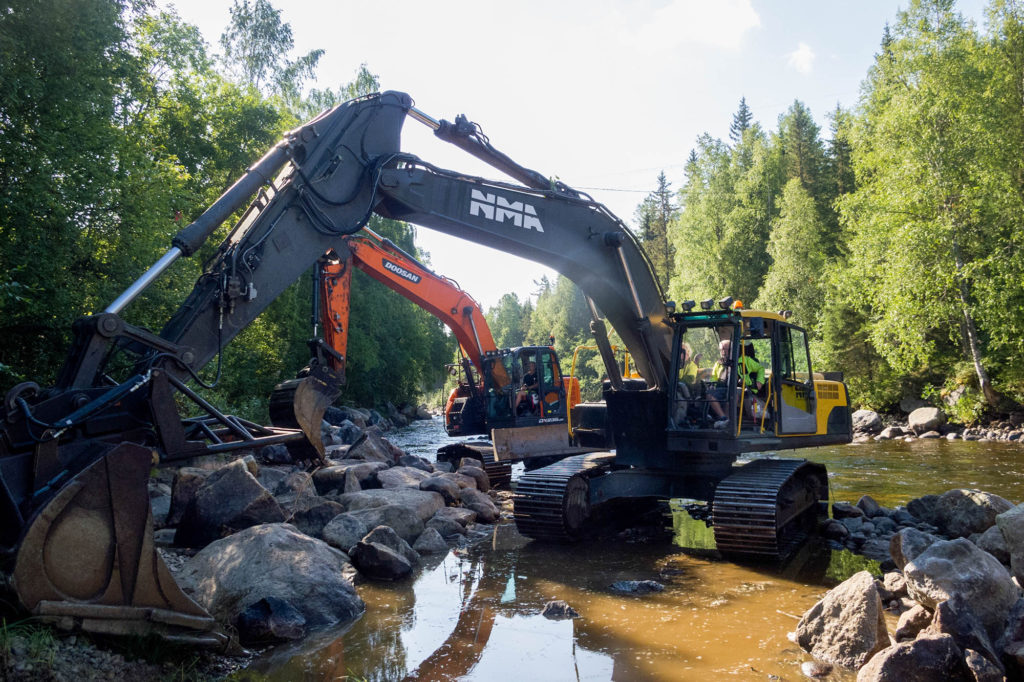
Land-use planners and ecologists are reconnecting rivers to natural floodplains to reduce increased incidents of flooding.
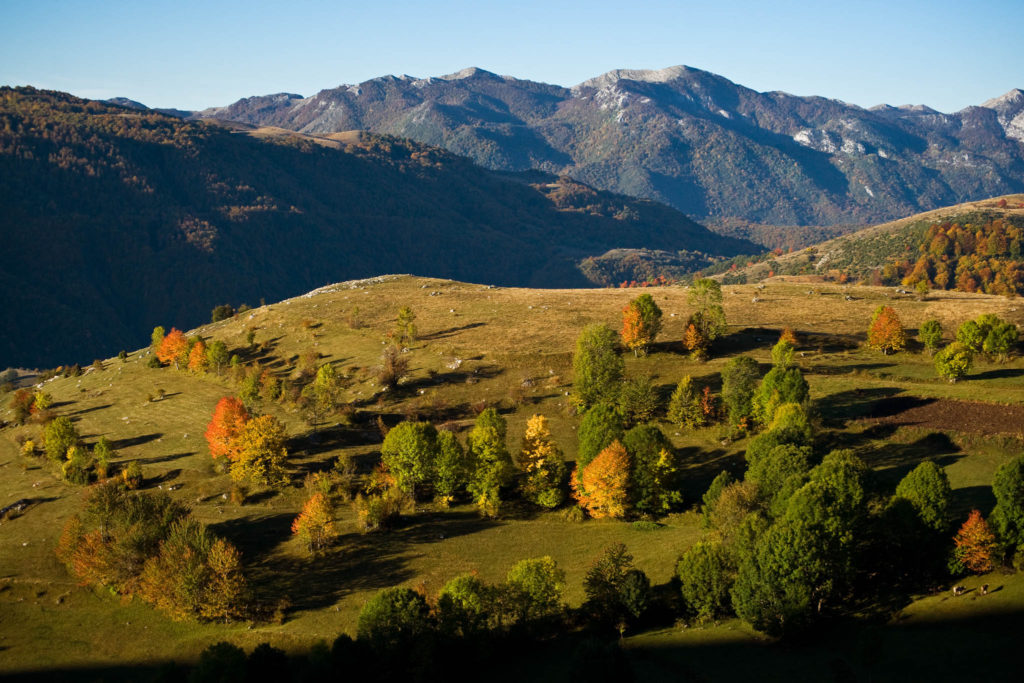
Upland landscapes (mires, heaths, woodland and grasslands) create ‘rougher’ surfaces that retain the flow of stormwater, reducing flood peaks in downstream towns and cities and make urbanised floodplains far safer places.
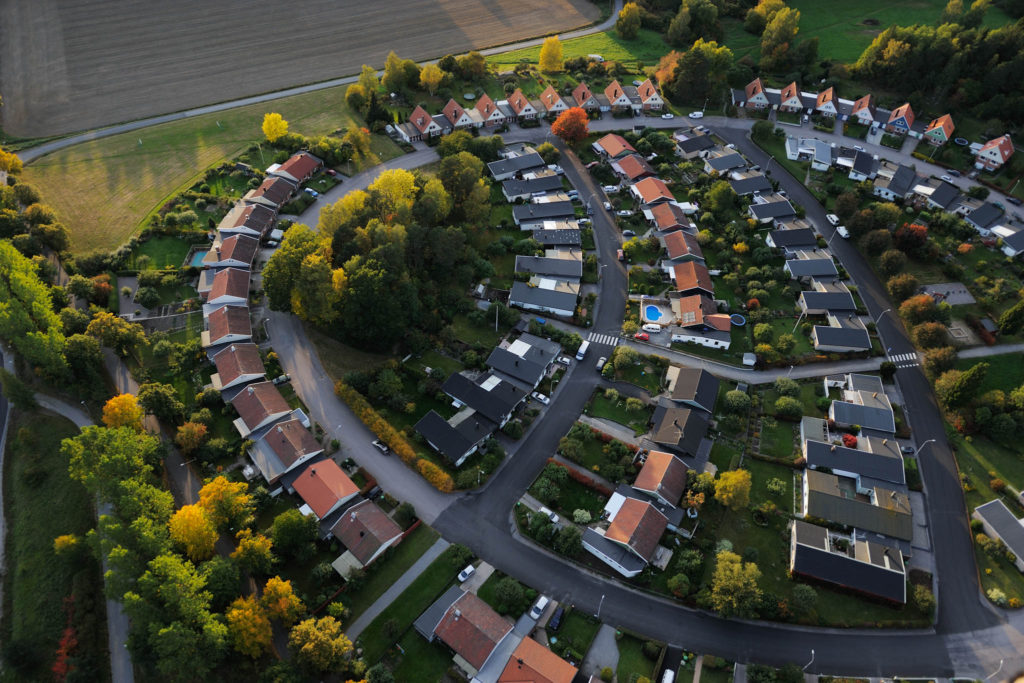
Green spaces in cities counteract heat islands helping to regulate temperatures in urban areas.
Thanks to young activists such as Greta Thunberg and the Fridays for Future movement, public awareness has grown by leaps and bounds, drawing attention to environmental science, and increasing political acknowledgement of the need for action.
In particular, the current European Commission which took office at the end of 2019, led by President Ursula von der Leyen, has made a priority of urgently responding to these crises through announcing the European Green Deal which promises effective integrated action.

